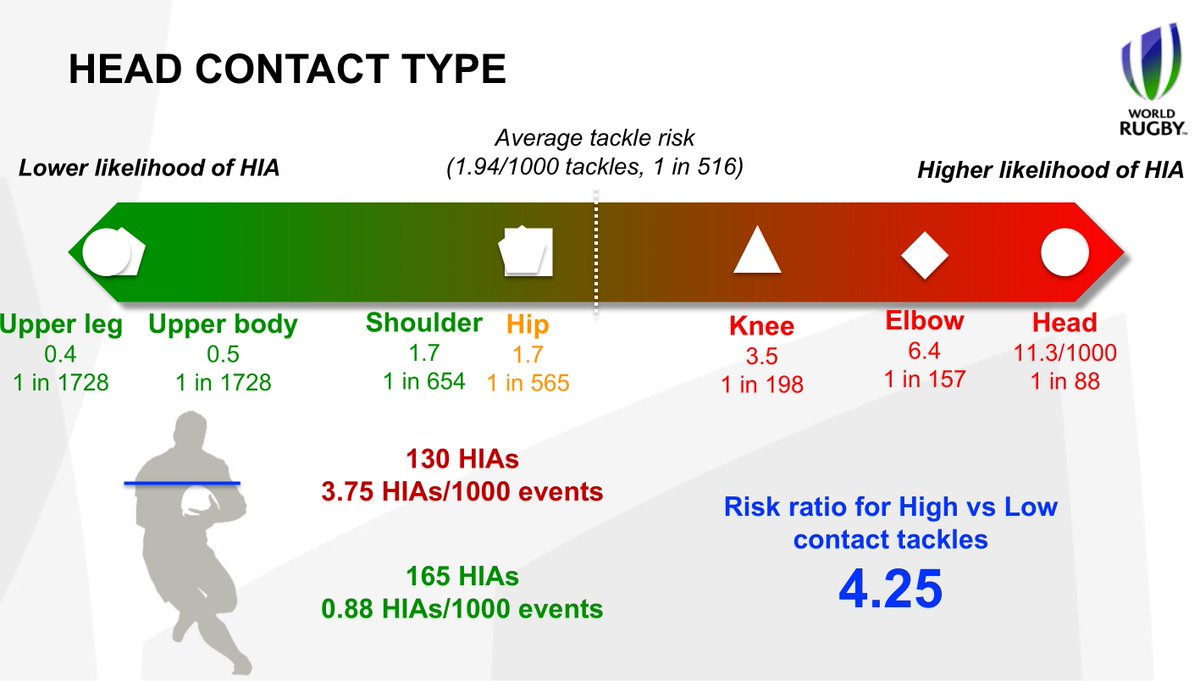From the first article, second paragraph ;
Head injuries and concussions pose a serious threat to the welfare of young players. And research has shown that at youth level, on average between one and two players from each team will suffer a concussion every season. This is significantly higher than other contact sports such as ice hockey and American football.
Last sentence would lead you to think that protective sporting wear may have a role to play.
I am not advocating hard helmets, but perhaps more can be done to make the soft ones more effective.
Sent from my MHA-L09 using Tapatalk
Don't cherry pick a couple of sentences to prove a point. These are statements of the obvious, but every single study that I have read (and I've read quite a lot because I was awake to this 15 years ago and was a voice in the wilderness), no matter what the time span, what the age group or in which country has come to the same conclusion:
Wearing protective headgear will prevent (in most cases) the following:
1. scalp wounds and ear injury
2. skull fractures
But has been found to have no impact on concussion. I know that you're motivated by trying to stop players being injured, but the evidence is both clear and overwhelming.
This is reposted from earlier (my bold)
Outside the United States,
there has been much study regarding the possible role of headgear in preventing concussions.
In 2004, Rugby World Cup video footage was reviewed to show a statistically significant decrease in superficial head injury by those wearing rugby headgear.14 This was most prominent among forwards, who tend to be more physical. However,
no reduction in concussion was noted. Marshall et al. reviewed protective equipment through
304 club-level players in New Zealand.20
Headgear again led to a statistically significant reduction in both ear and superficial scalp lacerations without concussion protection. Both
scrum caps and mouth guards illustrated
no statistically significant reduction in concussions.20 McIntosh performed a
randomized controlled trial of rugby players in Australia with modified headgear in the 13- to 20-year-old age groups over a 2-year period. Comparison was made with the popular habit of not wearing headgear, standard available International Rugby Board headgear, and a new experimental headgear with added foam density. The
intention-to-treat analysis showed no difference in the rates of head injury or concussion between controls and headgear arms. The final conclusion is that the board could not recommend modified headgear for reduction of concussions.




